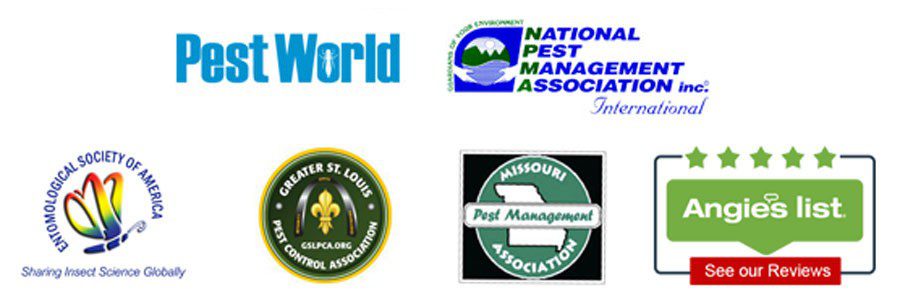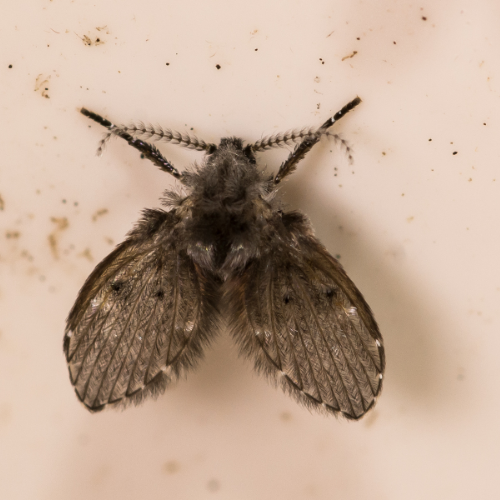Moth Fly

Proud Supporter of Disabled Veterans
No Contracts
Services provided without written contracts.
Introduction to
Moth flies, also known as drain flies or sewer flies, are small, hairy insects commonly found in damp environments. These pests can be a nuisance when they infest homes and commercial buildings, particularly in bathrooms, kitchens, and other areas with moisture. While moth flies do not bite or transmit diseases, their presence can indicate poor sanitation and potential plumbing issues. Understanding their biology, habits, and effective prevention methods is crucial for managing infestations and maintaining a clean environment.
Recognition
Moth flies are small, typically measuring 1/16 to 1/8 inch (1.5 to 3.5 mm) in length. They have broad, hairy wings and a fuzzy, moth-like appearance, which gives them their name. Their body and wings are covered with dense hairs, and they are usually gray or dark in color. Moth flies can be distinguished from other small flies by their characteristic hovering flight and their habit of resting with wings held roof-like over the body. They are often found near sinks, drains, and other moist areas where organic matter accumulates.
Biology
Moth flies undergo complete metamorphosis, progressing through four life stages: egg, larva, pupa, and adult. Females lay eggs in moist, organic matter found in drains, sewers, and other damp environments. The eggs hatch into larvae, which feed on the organic material and thrive in the slimy film that accumulates in drains. Larvae develop through several molts before pupating. Adult flies emerge from the pupae, typically within two weeks, depending on environmental conditions. Moth flies are most active at night and can live for about two weeks as adults. They are weak fliers and tend to stay close to their breeding sites.
Habits
Moth flies prefer damp, organic-rich environments and are commonly found in bathrooms, kitchens, and other areas with standing water or high humidity. They breed in the slimy, organic film that lines drains, sewers, and septic tanks. Moth flies feed on organic matter and microorganisms present in these environments. While they do not bite or pose a direct health threat, their presence can indicate underlying sanitation or plumbing issues. Moth flies are often seen resting on walls near their breeding sites, and their numbers can quickly increase if conditions are favorable.
Prevention
Preventing moth fly infestations involves maintaining good sanitation and addressing moisture issues. Regularly clean and sanitize drains, sinks, and other areas where organic matter can accumulate. Use drain cleaners or a mixture of baking soda and vinegar followed by hot water to remove organic buildup in pipes. Fix any leaks and ensure proper drainage to reduce standing water and moisture levels. Use a dehumidifier in damp areas to lower humidity. Cover drains with fine mesh screens to prevent adult flies from entering and laying eggs. Regularly inspect and clean garbage disposals, sump pumps, and other areas prone to moisture buildup.
Professional
If moth flies become a persistent problem, professional pest control services can provide effective solutions. STL Pest Control offers comprehensive treatments to eliminate moth fly populations from homes and commercial establishments. Their technicians are trained to identify breeding sites and apply appropriate treatments, including microbial cleaners, insecticidal sprays, and integrated pest management techniques. In severe cases, they may recommend ongoing maintenance plans to keep moth fly populations under control. Professional services ensure thorough and long-lasting control, providing peace of mind and a cleaner living environment.



Our Office







